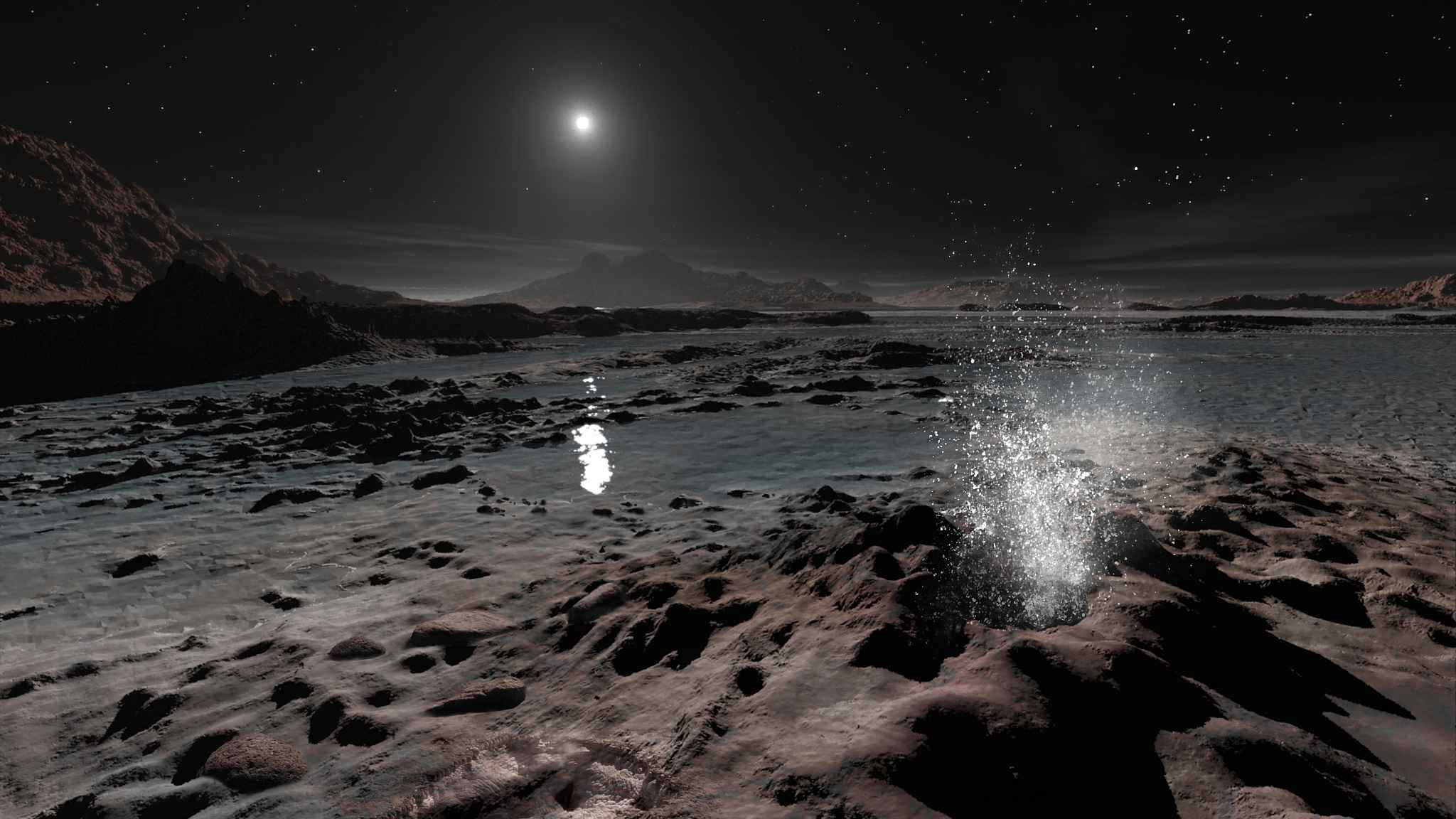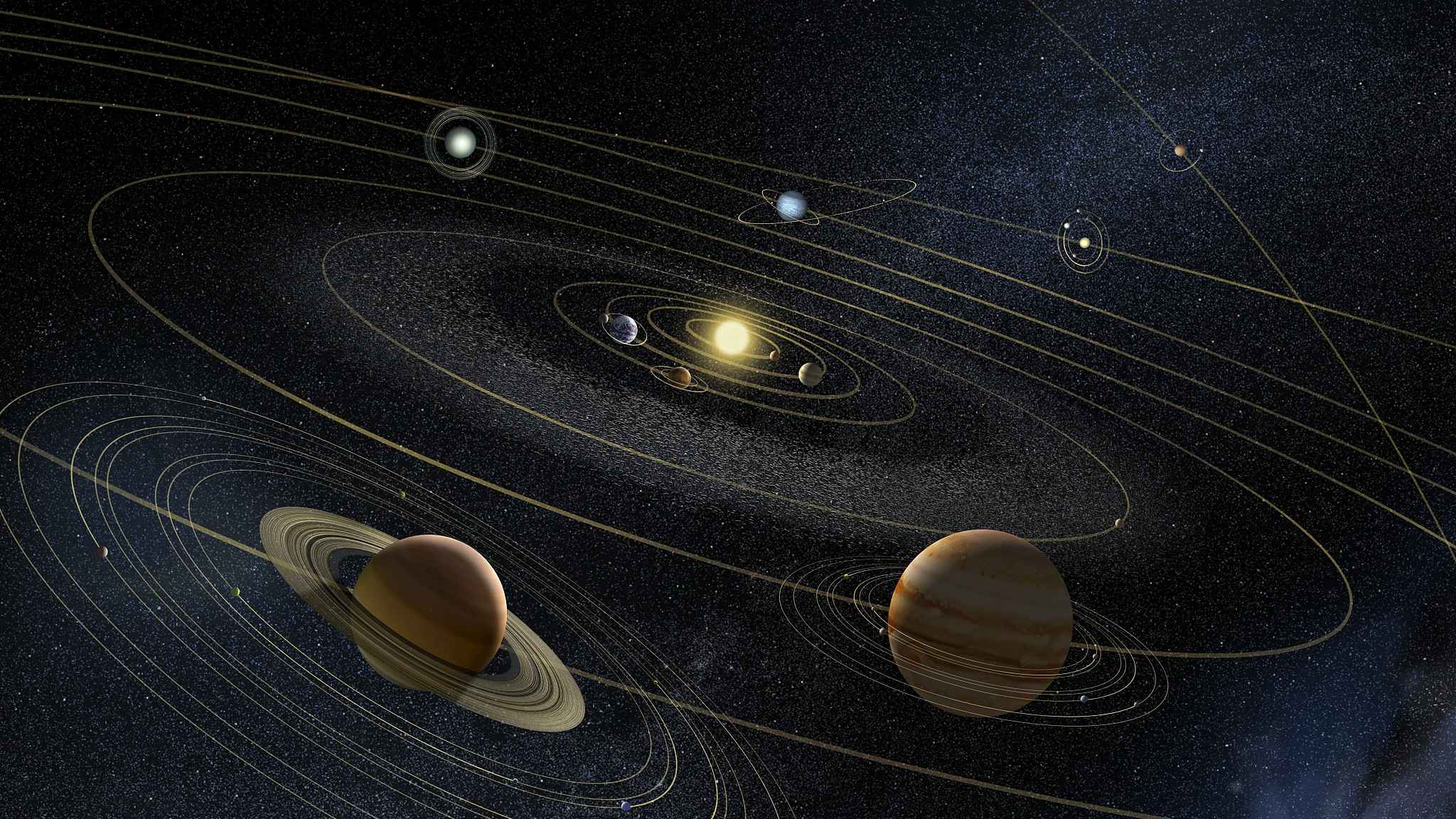
Space
21:28, 20-Aug-2018
Harvard researcher suggests many water-worlds in space
Updated
20:43, 23-Aug-2018
CGTN

Scientists have shown that water is likely to be a major component of planets orbiting other stars that are between two to four times the size of Earth.
A new evaluation of data from the exoplanet-hunting Kepler Space Telescope and the Gaia mission indicated that many of the known planets might contain as much as 50 percent water, much more than the Earth's 0.02 percent water content by weight.
"It was a huge surprise to realize that there must be so many water-worlds," said lead researcher of the study, Li Zeng, at Harvard University.
Scientists have found that many of the 4,000 confirmed or candidate exoplanets discovered so far fall into two size categories: those with the planetary radius averaging around 1.5 that of Earth, and those averaging around 2.5 times the radius of Earth.
"We have looked at how mass relates to radius, and developed a model which might explain the relationship," said Dr. Zeng.
His model indicated that those exoplanets which have a radius of around 1.5-time Earth radius tend to be rocky planets, while those with a radius of 2.5-time Earth radius are probably water worlds.
But the water there is not like what we commonly see on Earth, according to Dr. Zeng. "Their surface temperature is expected to be in the 200 to 500 degree Celsius range. Their surface may be shrouded in a water-vapor-dominated atmosphere, with a liquid water layer underneath."
"Moving deeper, one would expect to find this water transforms into high-pressure ices before reaching the solid rocky core," he said.

Artwork of solar system /VCG Photo
Artwork of solar system /VCG Photo
Zeng added that about 35 percent of all known exoplanets which are bigger than Earth should be water-rich and these water worlds likely formed in similar ways to the giant planet cores, like Jupiter, Saturn, Uranus, Neptune, which we find in our own solar system.
Dr. Li Zeng is a Simons Postdoctoral Fellow in the Simons Collaboration on the Origins of Life, currently working in the department of Earth and Planetary Sciences, Harvard University. His research focus includes formation, evolution, interior structure, and chemistry of exoplanets, in particular, Earth-like planets.
The study was presented at this week's Goldschmidt Conference – a most important international conference on geochemistry and related subjects – held in Boston, US, will have implications for the search of life in our Galaxy.
(Top image: VCG Photo)
Source(s): Xinhua News Agency

SITEMAP
Copyright © 2018 CGTN. Beijing ICP prepared NO.16065310-3
Copyright © 2018 CGTN. Beijing ICP prepared NO.16065310-3